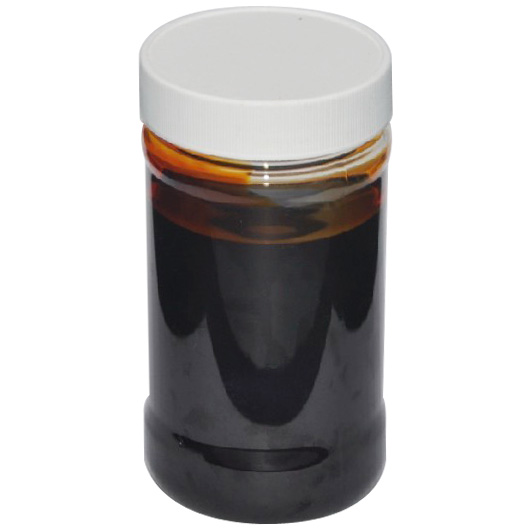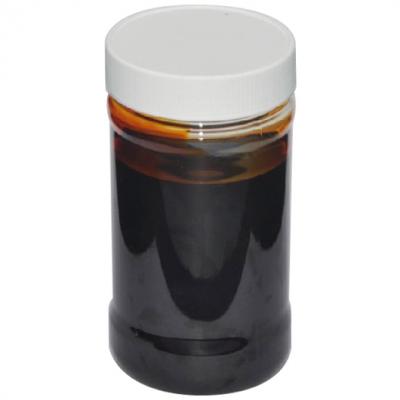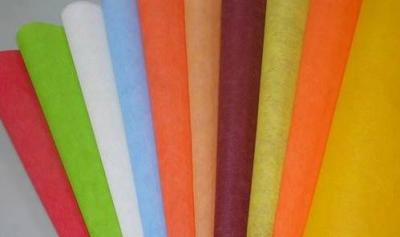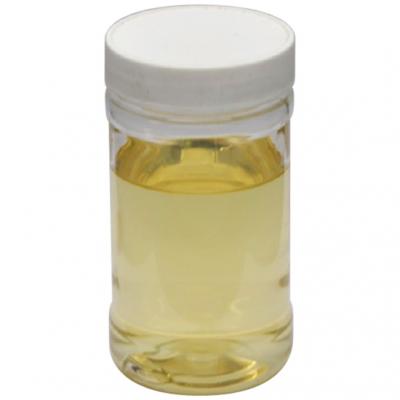b) It is better to dilute before the usage and mix thoroughly in the warm water under 60℃. After that, to add up dye in case that some of the non-ionic components dissociate from the colloidal particles of the anionic component, and become molecules of tar with the dye molecules.
c) To master the material correctly. The condensation association of disperse dyes has a direct relationship with temperature, concentration, time, additives and so on. Therefore, the material should be paid attention to the following points:
I.Diffusion of commonly used agent NNO, MF and other solid additives, will have a greater viscosity at high concentration. And if they are mixed with the dye, it will increase the adhesion of dye, causing toning difficulties, and even leaving the nonferrous group, color. So dyes and additives should be separated to operate the material.
II. To use 50 degrees below the warm water, and must not be at too high temperature. For example, disperse bright red S-3GFL at 50 degrees Celsius, the dispersion performance will be good, and at 80 degrees Celsius or more, it will occur serious association precipitation.
III. The amount of water used should be as much as possible. If bath ratio is too small, it will often reduce the dispersion effect of dyes. The practice shows that 1:10~15 is appropriate.
IV. Dispersant or leveling agent should be fully dissolved in warm water, while it can not have the existence of granular and paste.
V. The material should not be operated too early, it had better be used as it is operated; or else it will increase the associated tendency of dyes.
VI. No matter dyes or auxiliaries, they must be filtered by screen before they are used.




 English
English  日本語
日本語  Español
Español  tiếng việt
tiếng việt  Türkçe
Türkçe  ไทย
ไทย  українська
українська  हिंदी
हिंदी  বাঙালি
বাঙালি  اردو
اردو 


